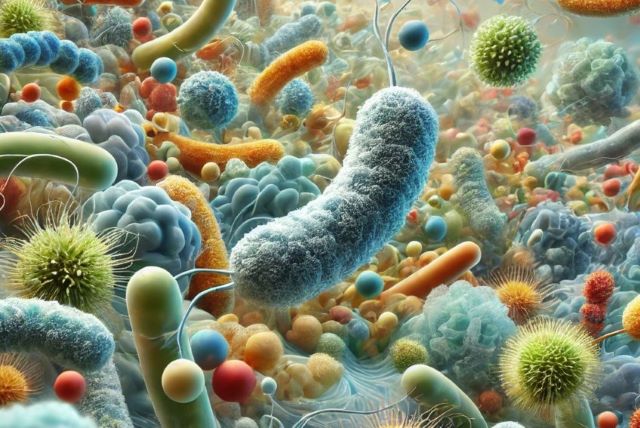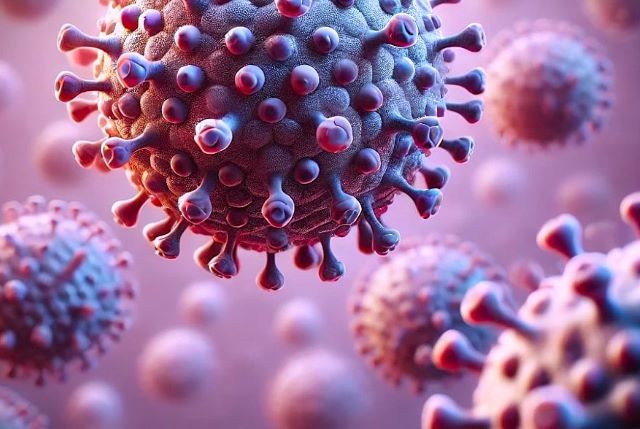Can Ozempic Be the Ultimate Weight Loss Solution or a Source of Problems?

You’ve probably heard about Ozempic from multiple sources — both influencers and celebrities. This medication has become a hot topic across social media, TV shows, and interviews. Stars often share their weight loss secrets, and Ozempic frequently makes the list.
However, keep in mind the possibility of paid promotion. In show business, name-dropping certain drugs on stage or in media can be part of a well-orchestrated marketing strategy. Companies are willing to pay large sums for such mentions to create the impression that their product is the celebrity choice. This is part of modern reality, where the lines between real experience and advertising can blur.









